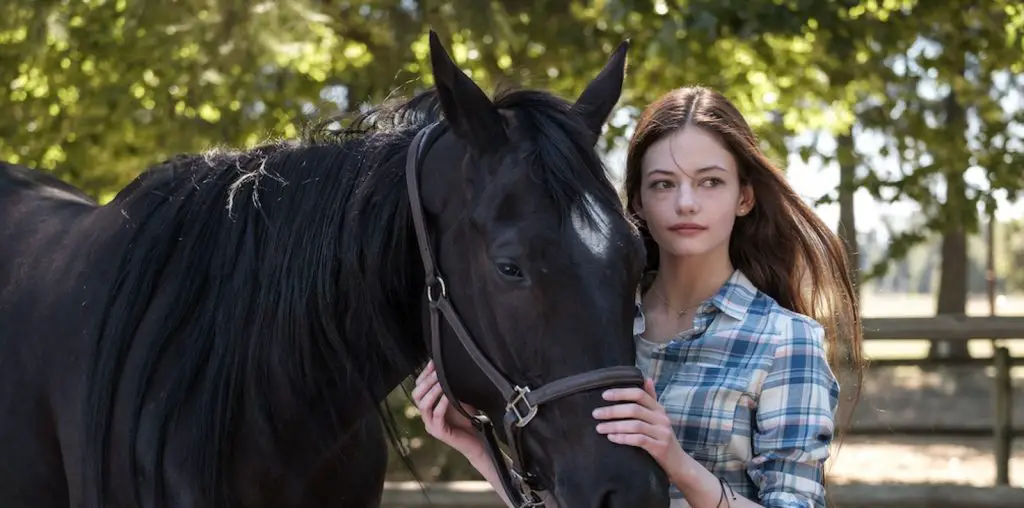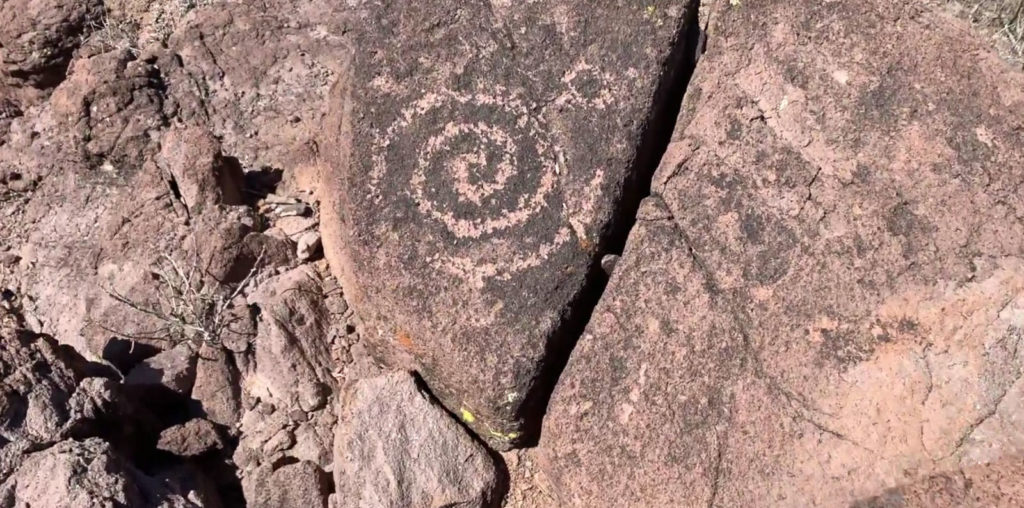
“Beyond the Rocks” is being presented as a “long-lost classic,” and no one can argue about it being long-lost. Made in 1922, the film was among the most sought-after items of missing silent movies and was only rediscovered in 2003 when the Nederlands Filmmuseum (the leading Dutch cinema archive) accidentally uncovered footage from a private collection it received as a bequeathment. In a newly-shot introduction to this feature, Martin Scorsese hails the discovery by noting: “Every film found restores another piece of our collective memory, our sense of our past, and our history.”
But is “Beyond the Rocks” a classic? I am not entirely certain whether it deserves that title, but I can guarantee the film is a deliriously entertaining riot of soapy melodrama, gaudy production values, and high-octane star power from its romantic leads: Gloria Swanson and Rudolph Valentino, appearing together for the first and only time.
“Beyond the Rocks” opens in the British seaside village of Dorset. Swanson plays Theodora Fitzgerald, the loving teenage daughter of kindly (but broke) Captain Fitzgerald. Theodora makes a big splash when she enters the film, literally: she falls overboard while rowing a boat and is rescued by the dashing Lord Hector Bracondale, who conveniently has his yacht anchored within swimming distance of Theodora’s near-drowning.
Theodora dries off and finds herself in a predicament which is worse than drowning: being forced to marry an old, ailing millionaire named Josiah Brown. Her father and her unattractive older half-sisters believe this marriage-for-money will solve the family’s financial woes. Theodora reluctantly takes old moneybags’ offer of marriage and the newlyweds honeymoon in the Swiss Alps.
But at the Swiss chalet where the mismatched married couple is staying is none other than Lord Bracondale, who winds up rescuing Theodora yet again (this time she falls off the Alps). Perhaps he is infected with rescuer syndrome or perhaps he can’t help but noticing she’s the sexiest gal around, but Lord Bracondale falls madly in love with Theodora. While she loathes her old/new husband, she remembers her wedding vows and begs Lord Bracondale to keep his emotions in storage. But the smitten aristocrat pursues her from the Alps to Paris to London, at which point Theodora’s husband catches on to this hanky-panky. He, in turn, abruptly departs for a North African archeological expedition he graciously financed. Theodora, Lord Bracondale, and Captain Fitzgerald go after the Sahara-bound Josiah and recruit the Algerian army to find him in the midst of the brigand-populated desert.
If you go into “Beyond the Rocks” trying to cash a reality check, you will be out of luck at every turn. For starters, Swanson is not everyone’s idea of a Dorset teenager. With her excessively false eyelashes and bee-sting lipstick (both remain intact even when she nearly drowns), it seems like she’d rather be dancing the Charleston than being the loving daughter of a small-town sea captain. She is much more convincing as the trophy wife, thanks to an overdone wardrobe which is often unintentionally funny by contemporary standards (especially a series of hats which look like oversized tea cozies).
But then again, Valentino is no one’s idea of a British aristocrat. The pioneering Latin lover gets his Anglo placement explained by the convenience of “an Italian grandmother” (granny had damn strong genes!). However, Valentino gives a subtle and rather charming performance which is closer in genuine emotion to a stiff-upper-lip Englishman than to the stereotypical Mediterranean hot-lips he is best known for playing.
The film clearly revels in its own adventures (how many stories have both the Alps and the Sahara within an hour of each other?). There are even two historic flashbacks, one to pre-guillotine Versailles and one to ancient Egypt, which offer yesteryear examples of affairs of the heart.
Being a product of its era, the film is both provocative and puritanical: the adultery is unapologetic, but it is also strictly intellectual (the sin is never consummated, just considered). Elinor Glyn, sort of a Barbara Cartland of the Edwardian Era, wrote the screenplay based on her once-controversial novel. If this was made today, it would obviously be smutted up – to its credit, “Beyond the Rocks” achieves its to-the-heart goals within the tighter morals of its time.
This new theatrical release has been restored as well as technology allows. There are a couple of patches of film decay which cannot be fixed, but they do not interfere with the movie. Dutch composer Henny Vrienten created the new musical score for this release, which is wonderful. But sound effects simulating animal, nature and mechanical sounds pepper the soundtrack and their presence is not an enhancement.
If you can forgive a liquor-soaked pun, “Beyond the Rocks” is a straight-up hit.

